HYPEBEAST Road Trips Japan: AIZENKOBO Indigo Workshop in Kyoto
It’s no secret that Japan possesses a wealth of modern day artisans that have tried their best to
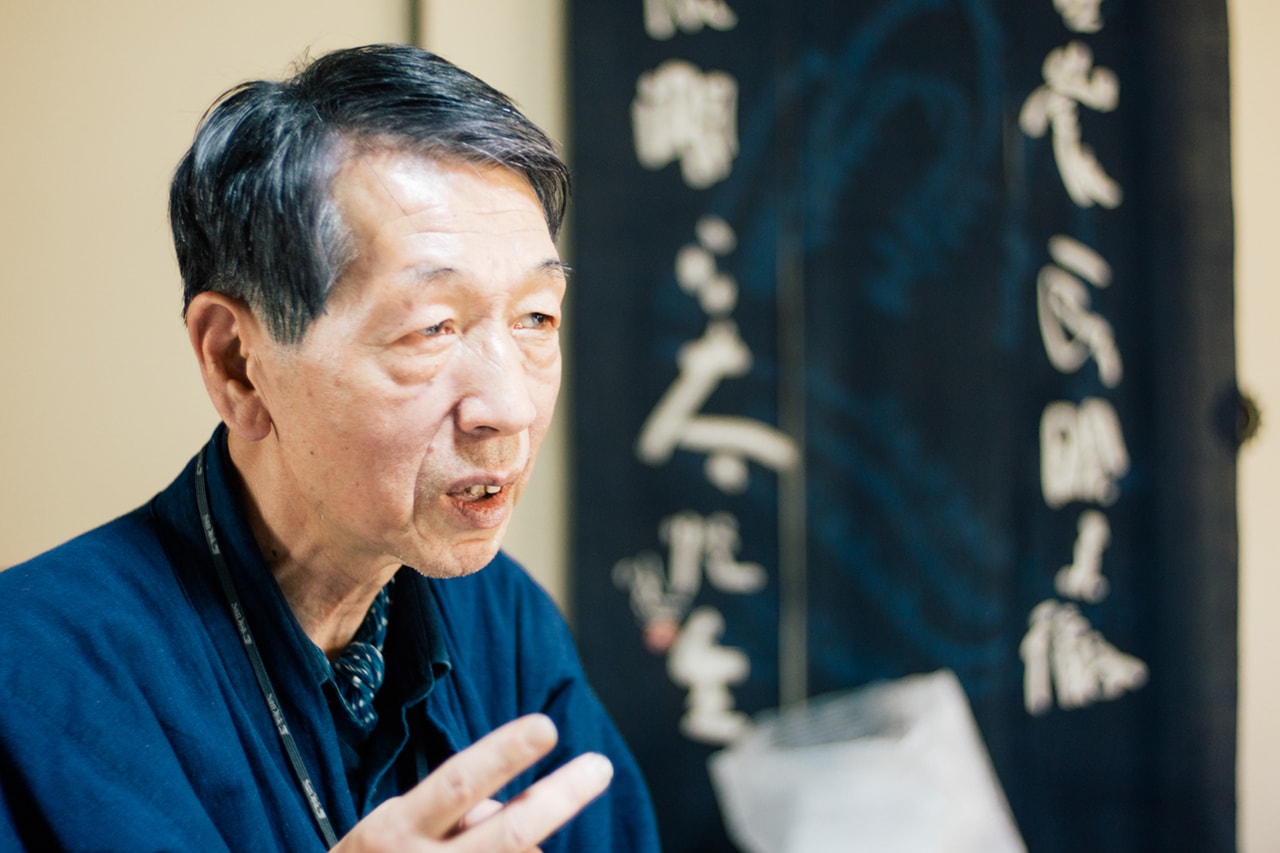
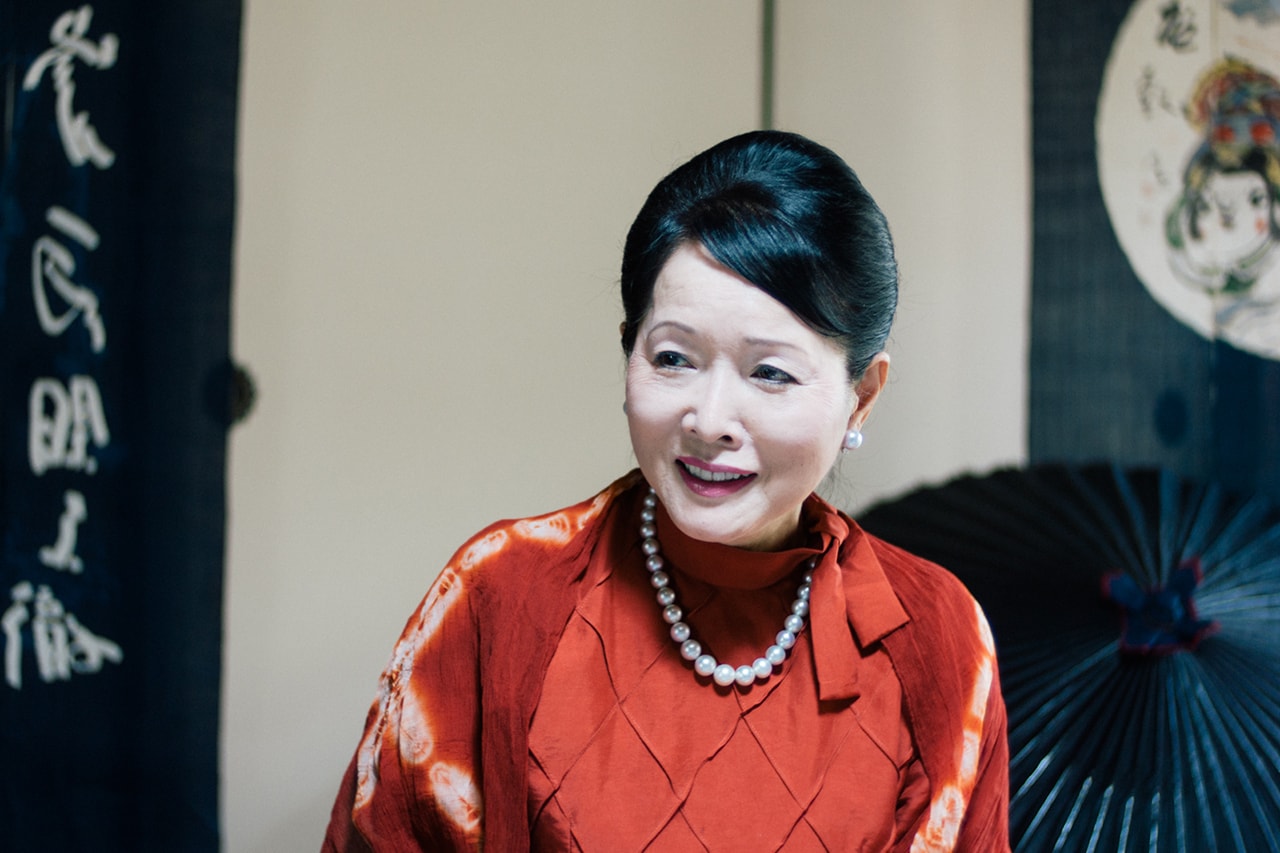
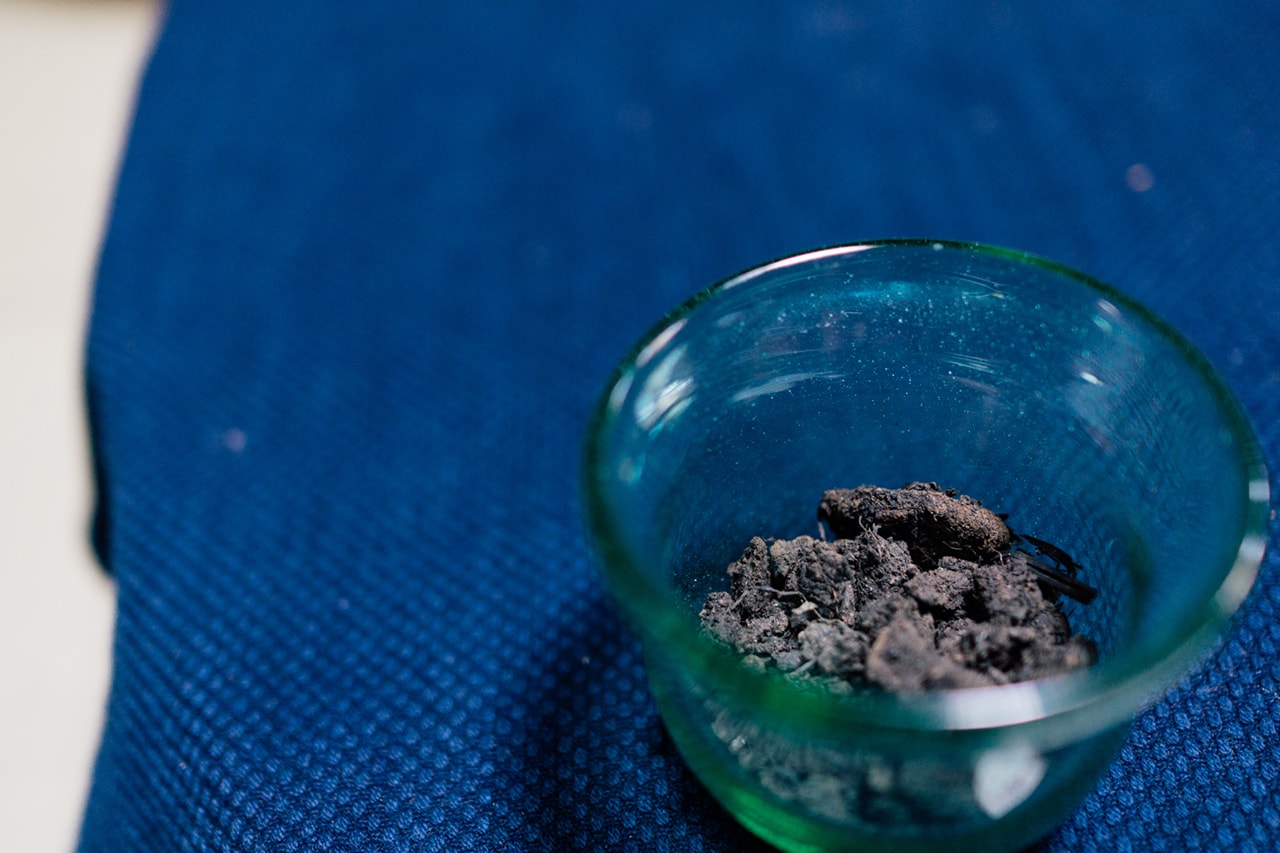
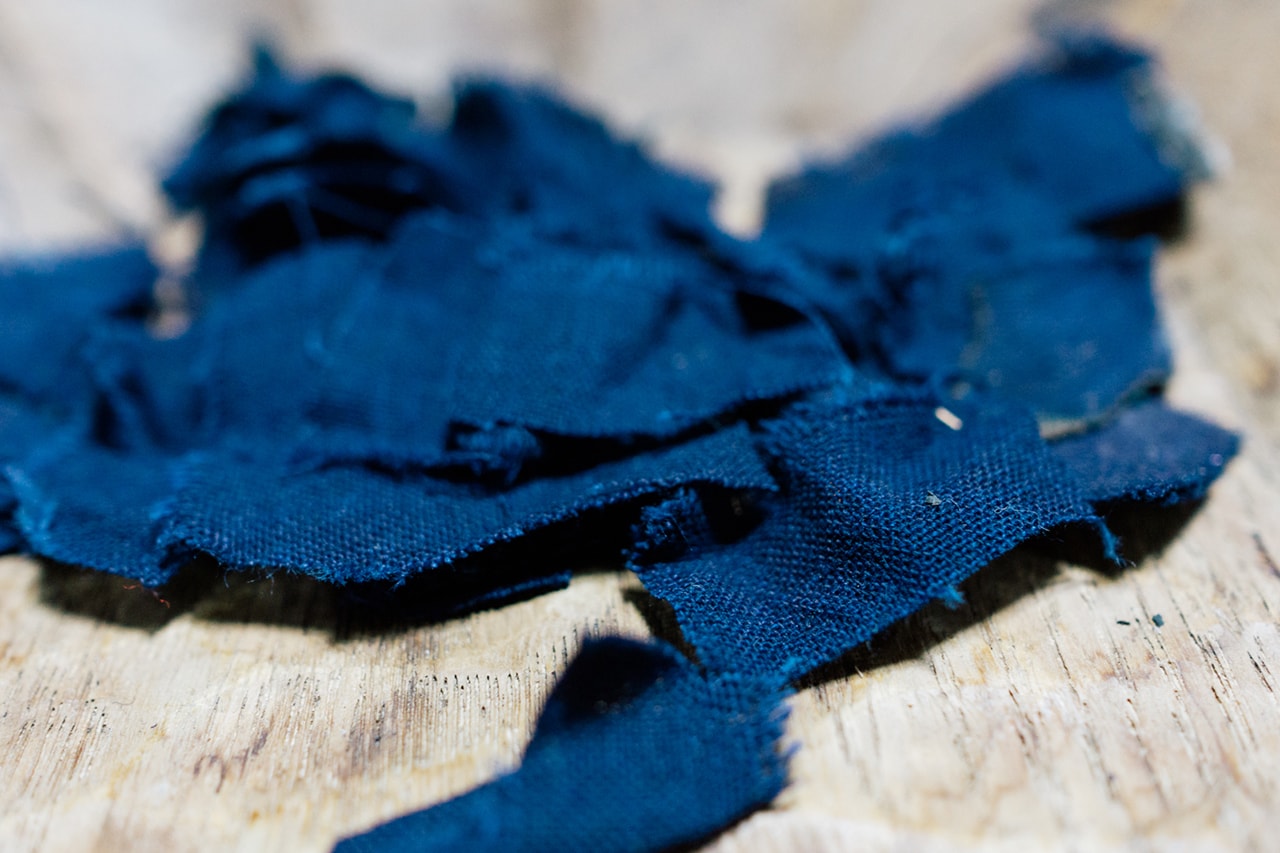
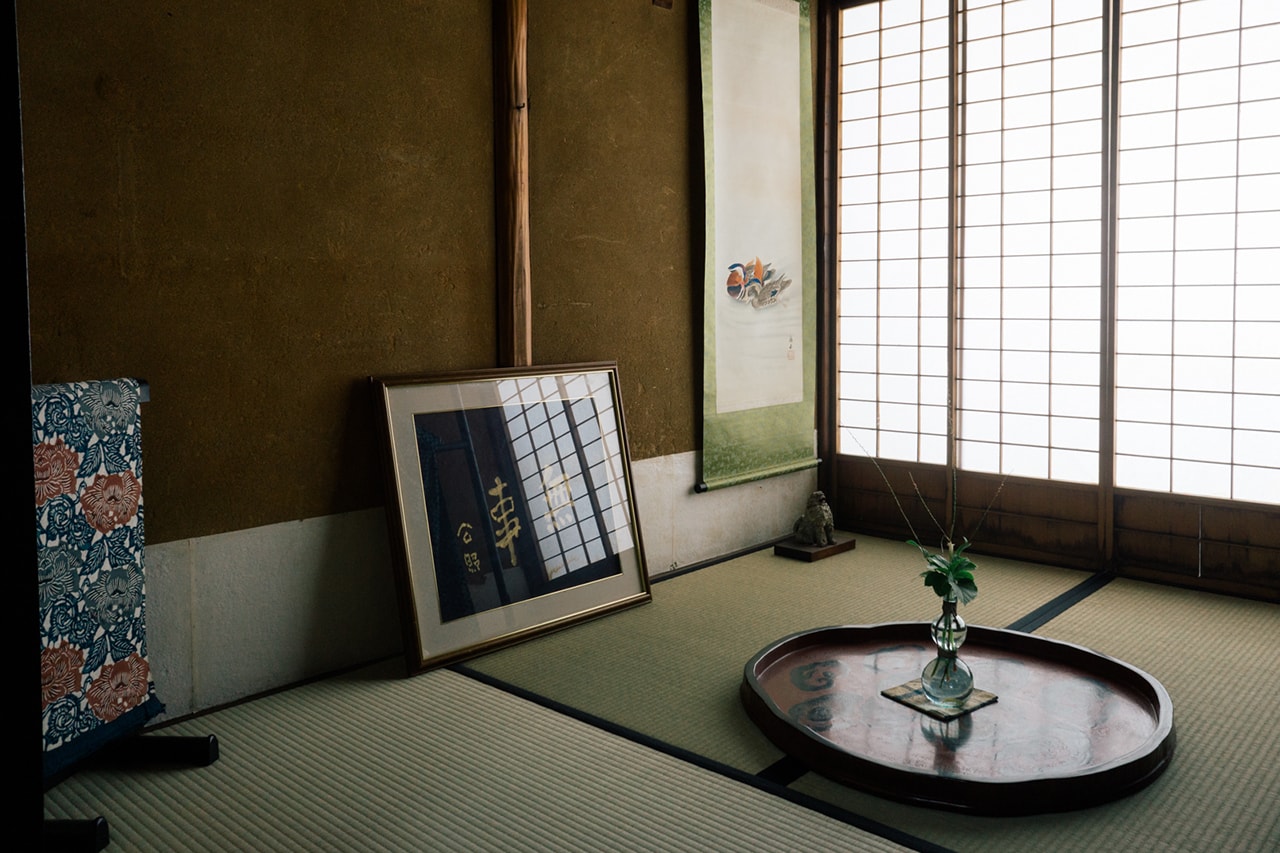
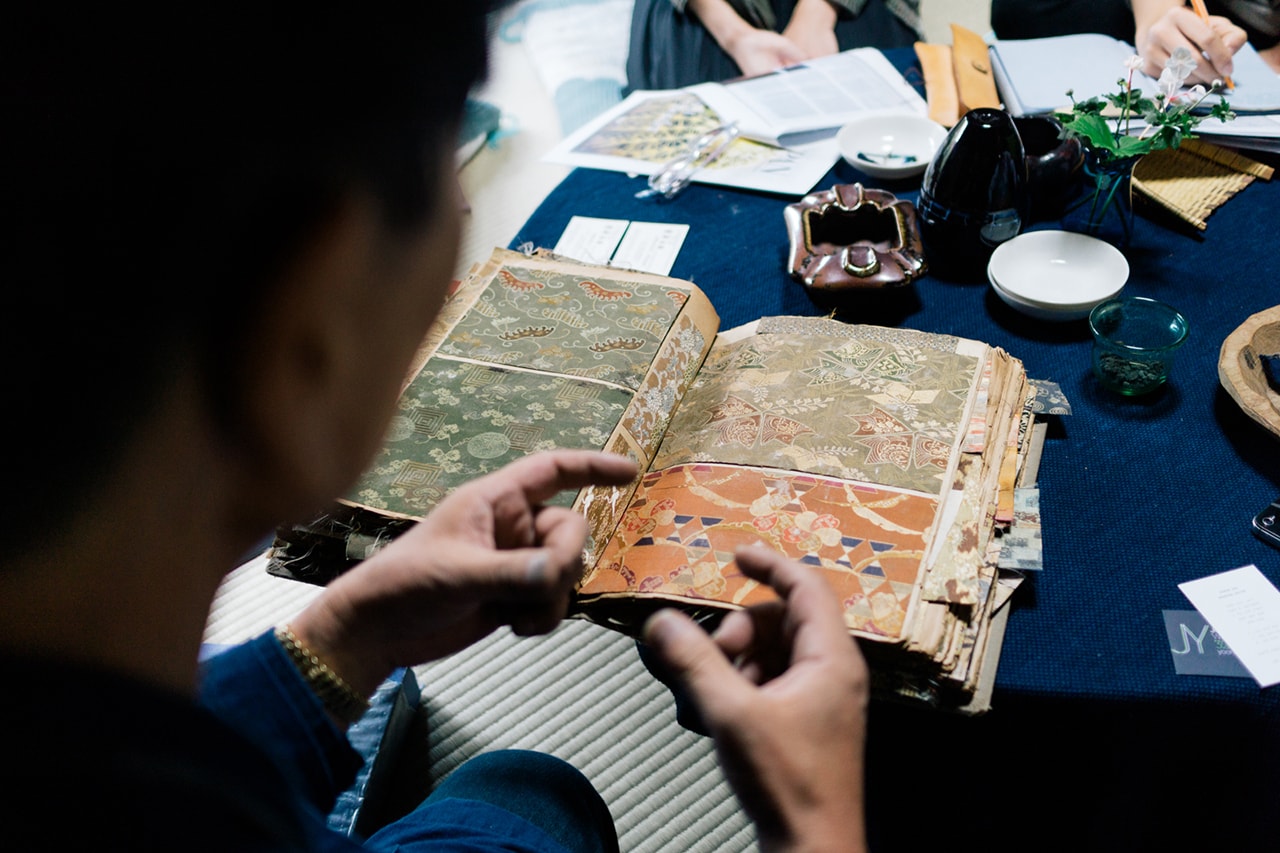
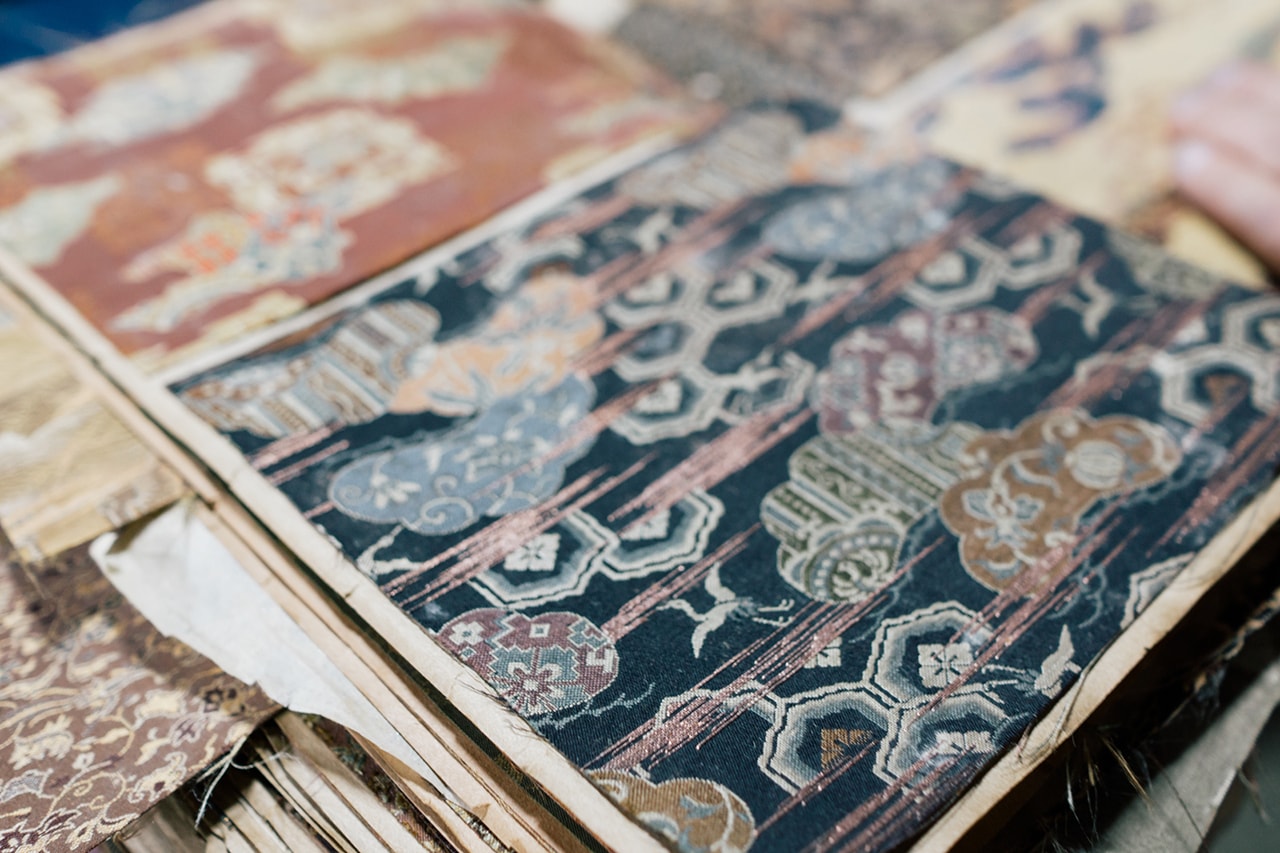
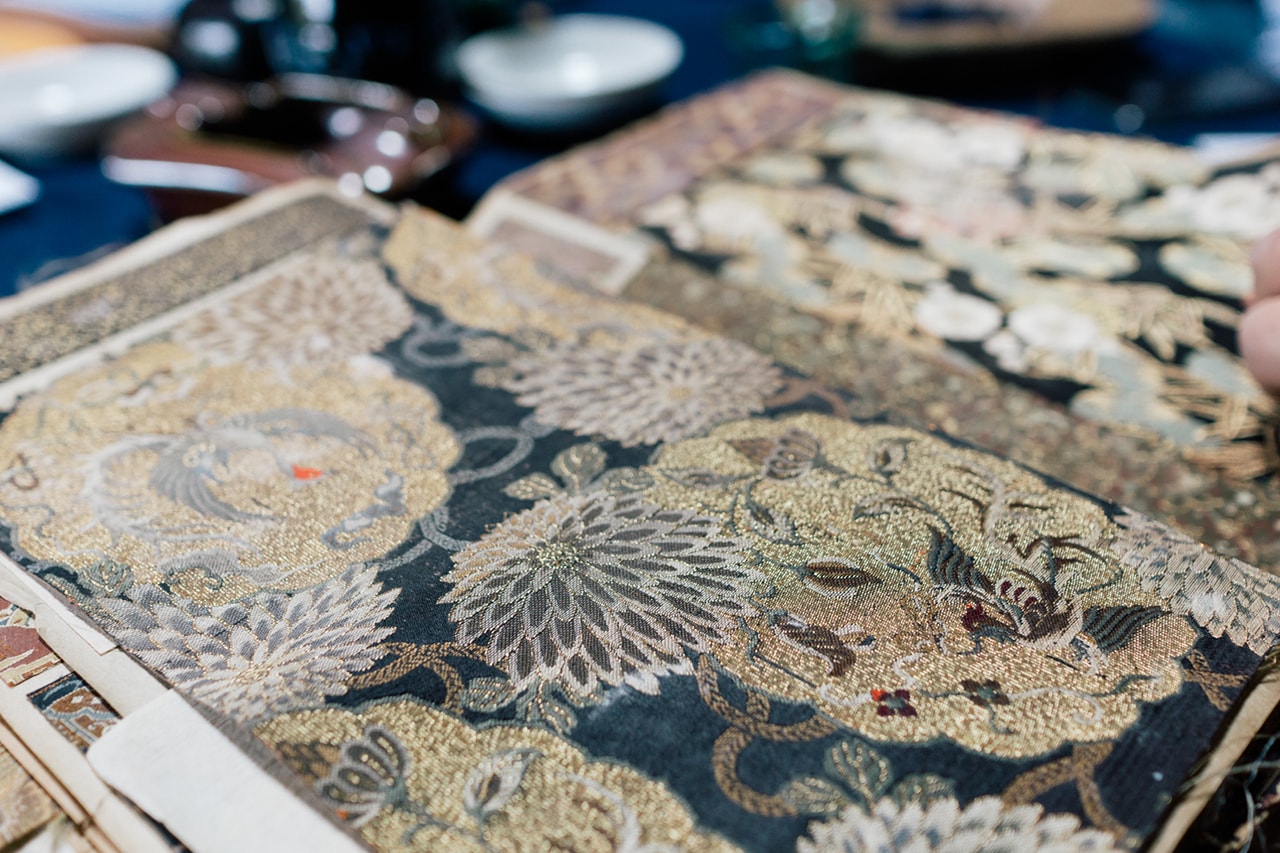
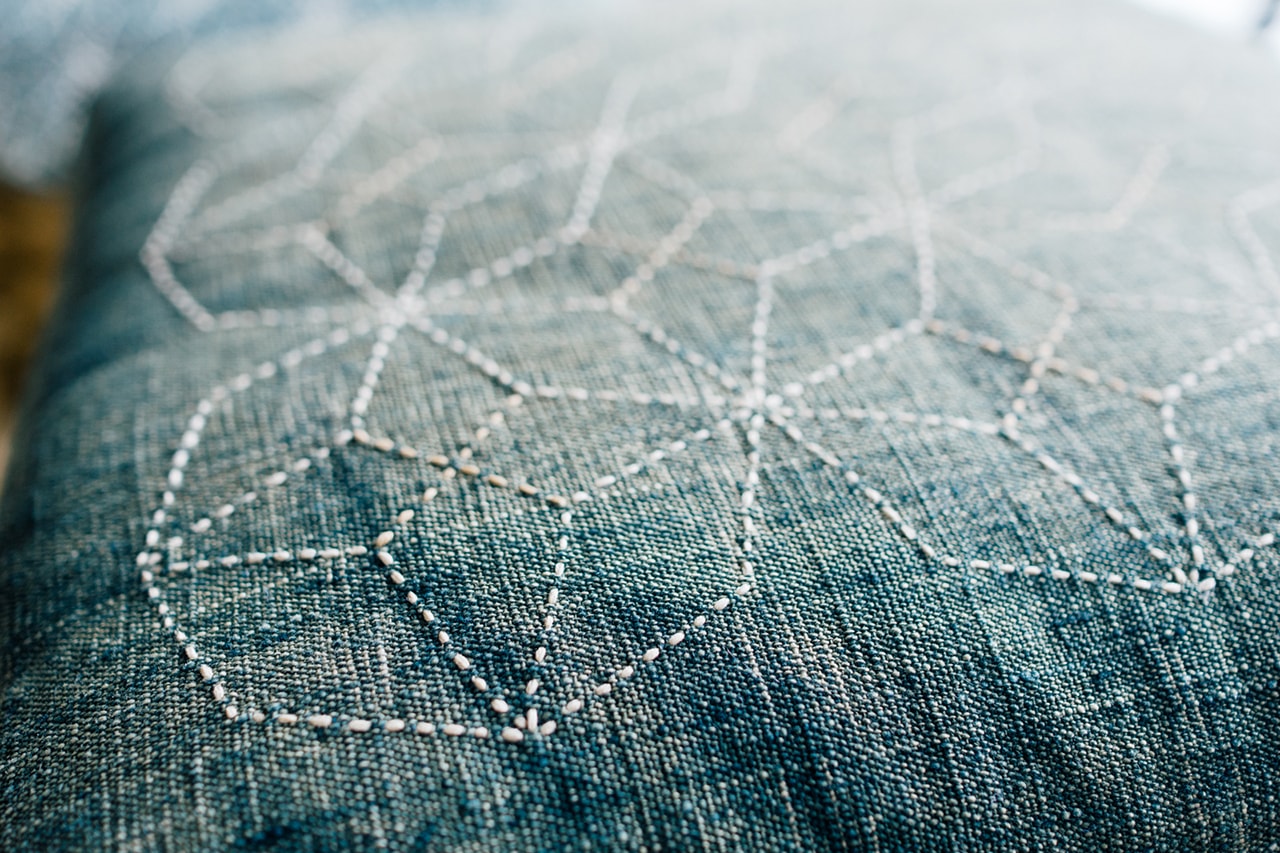


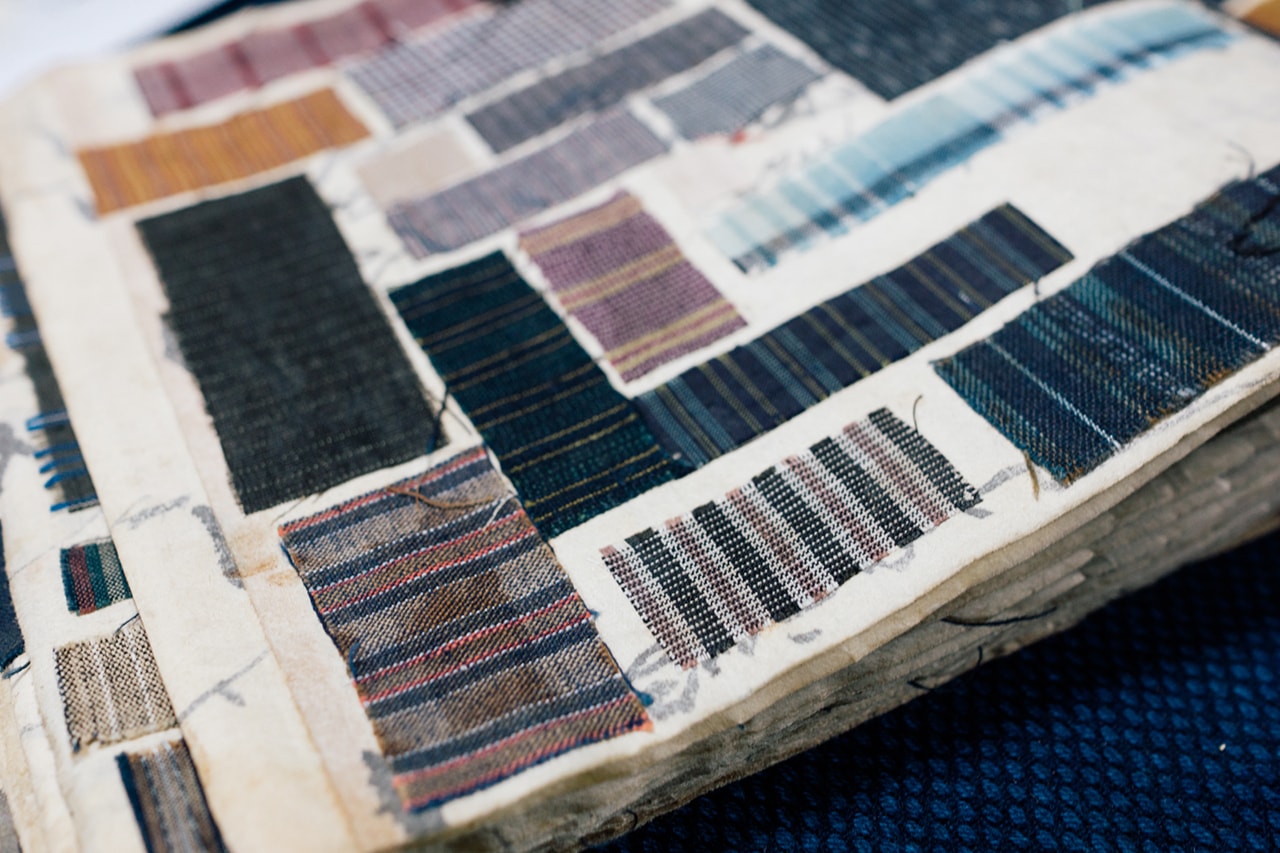

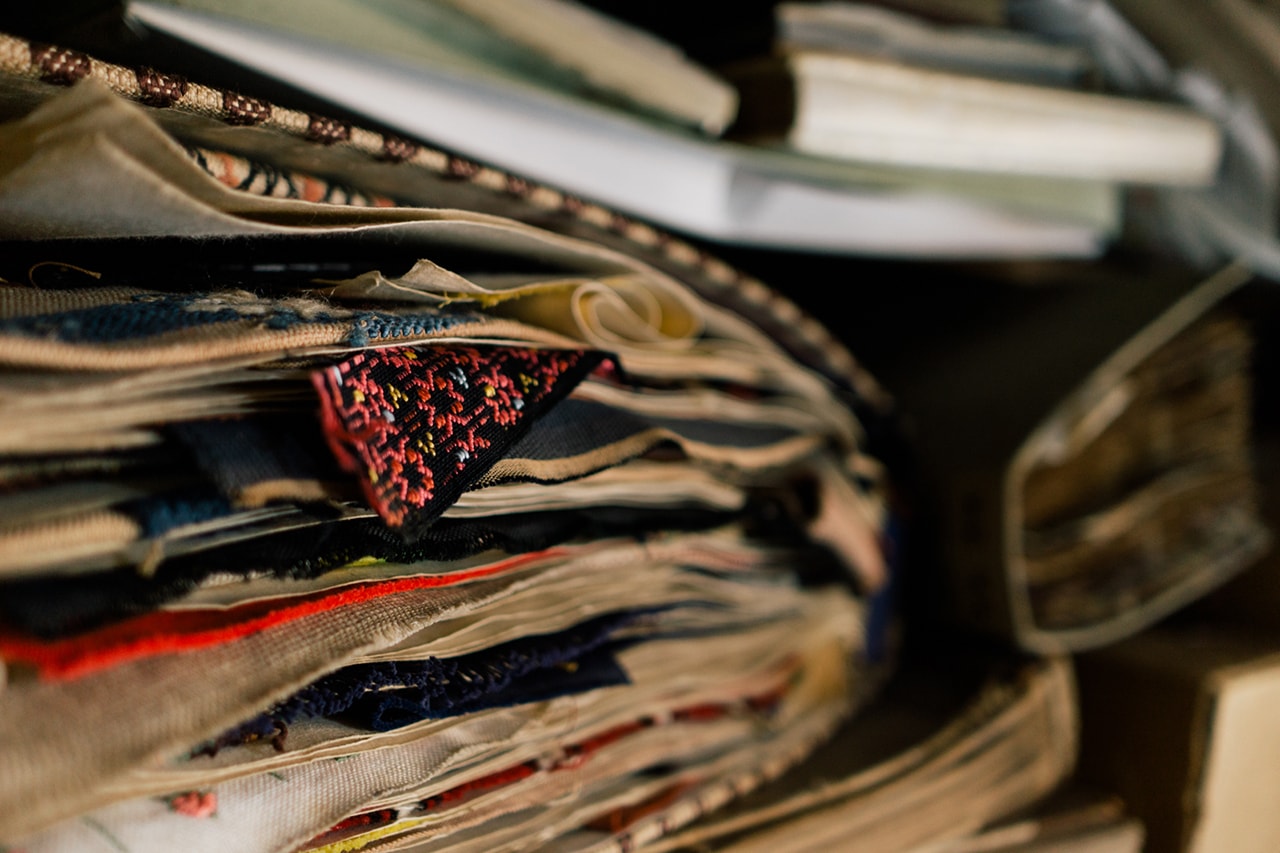
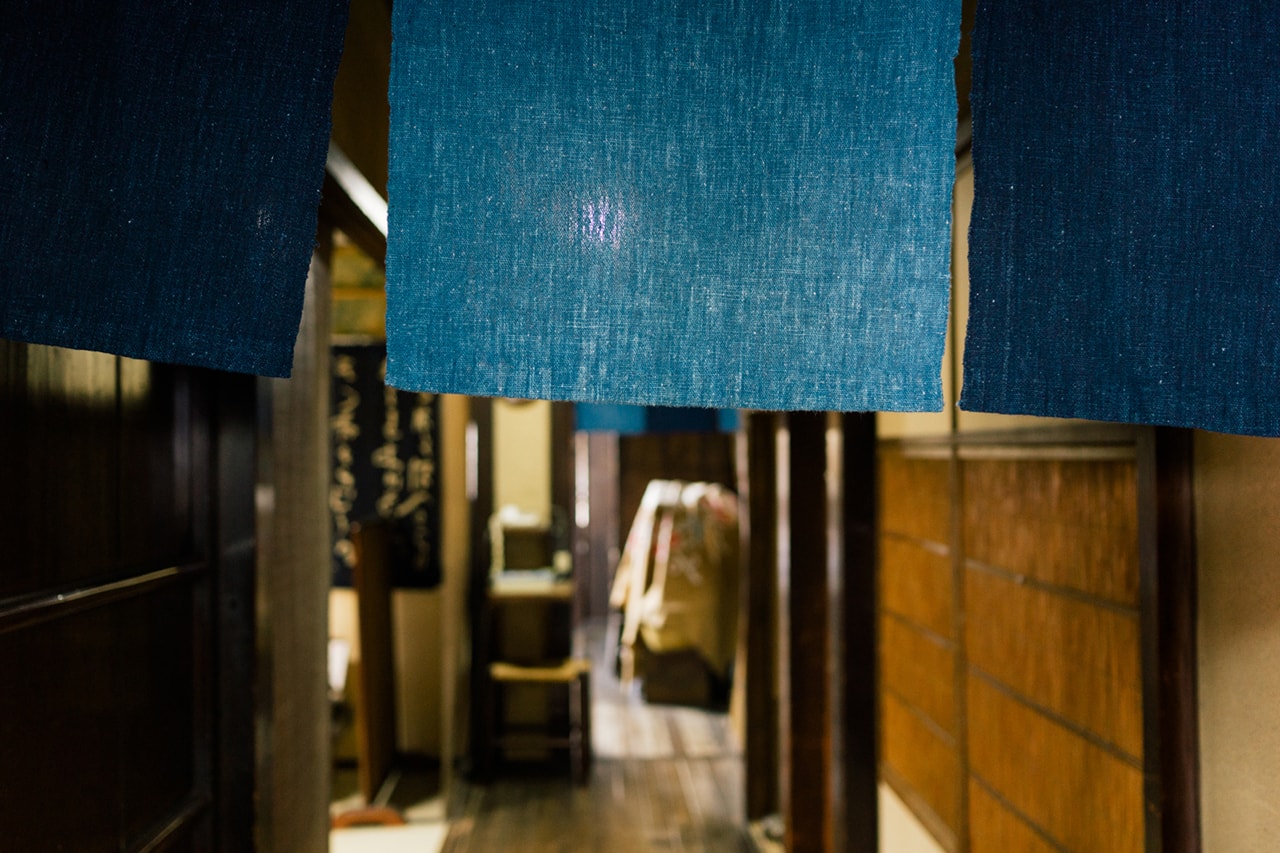
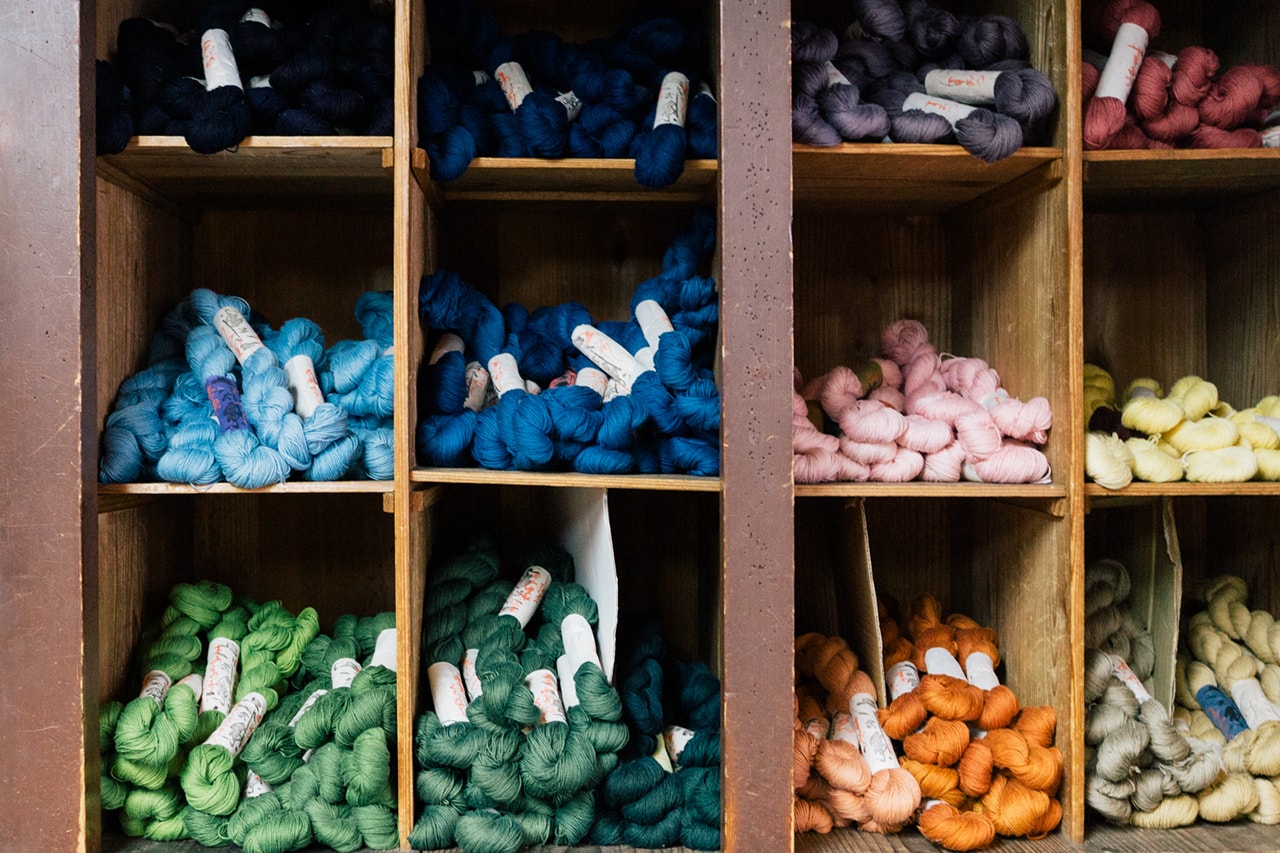
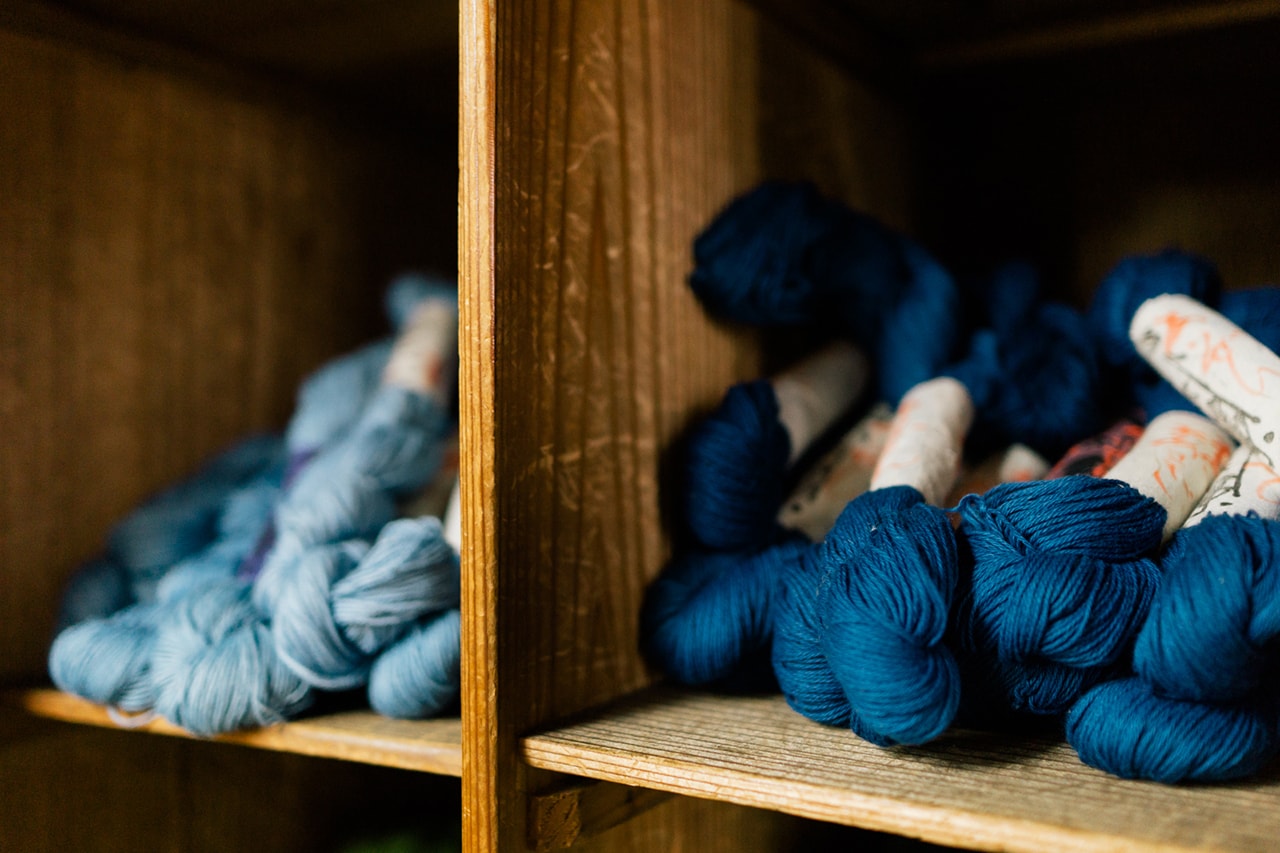
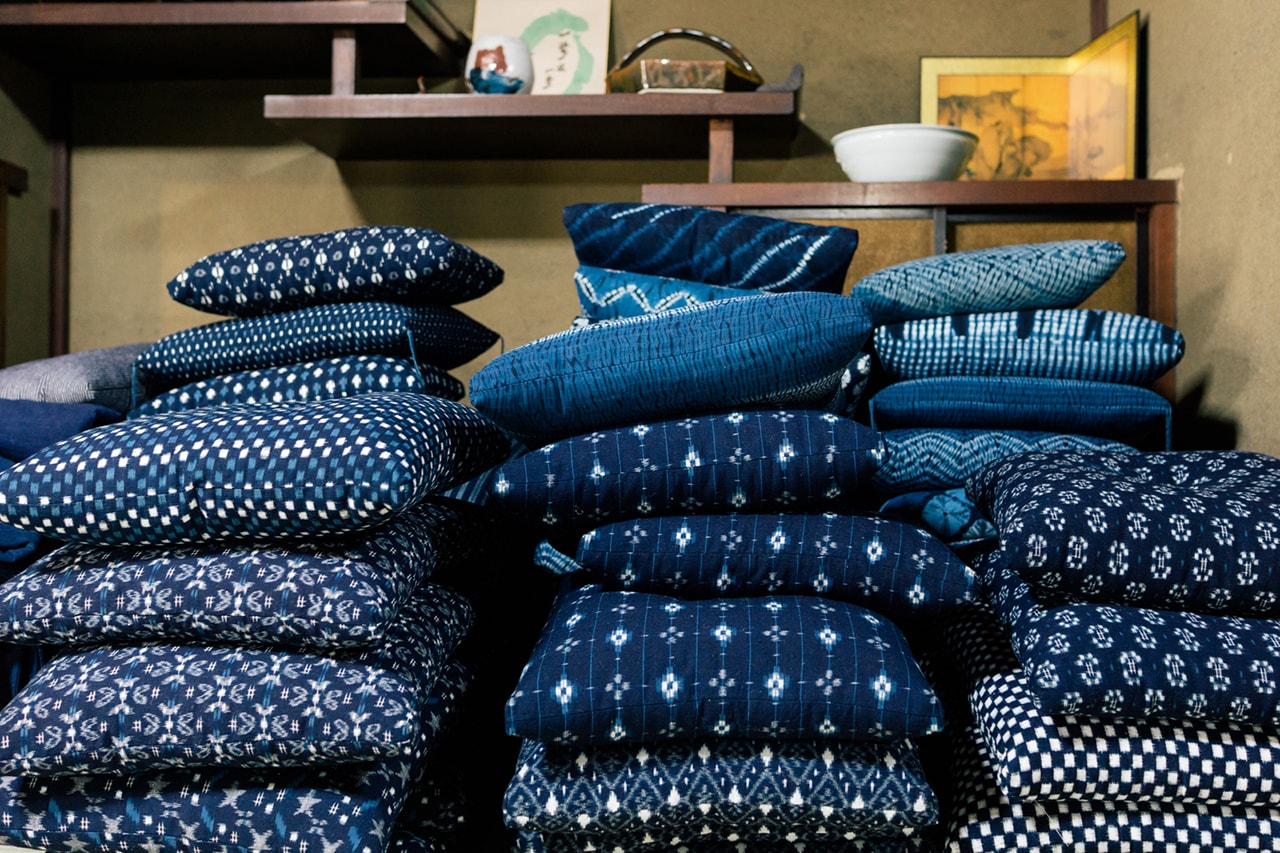
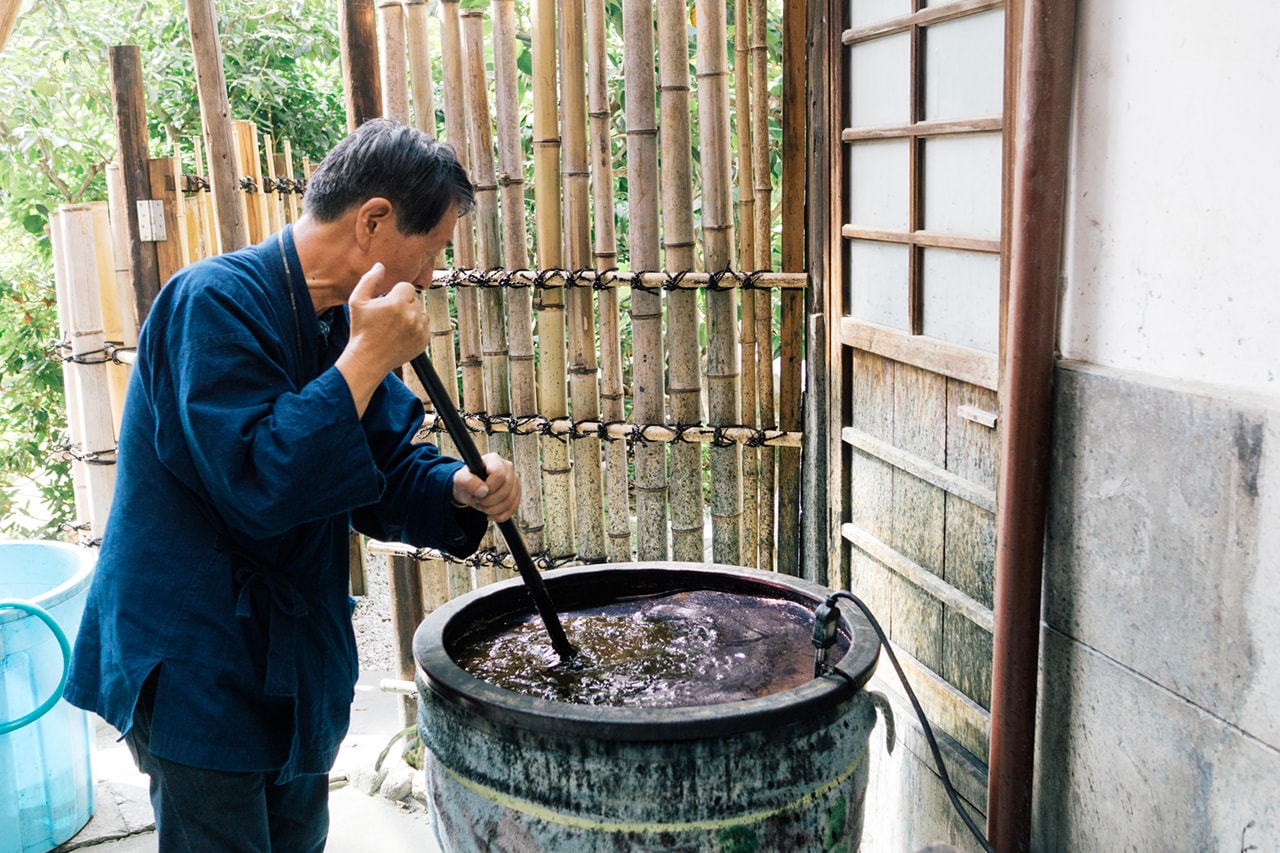
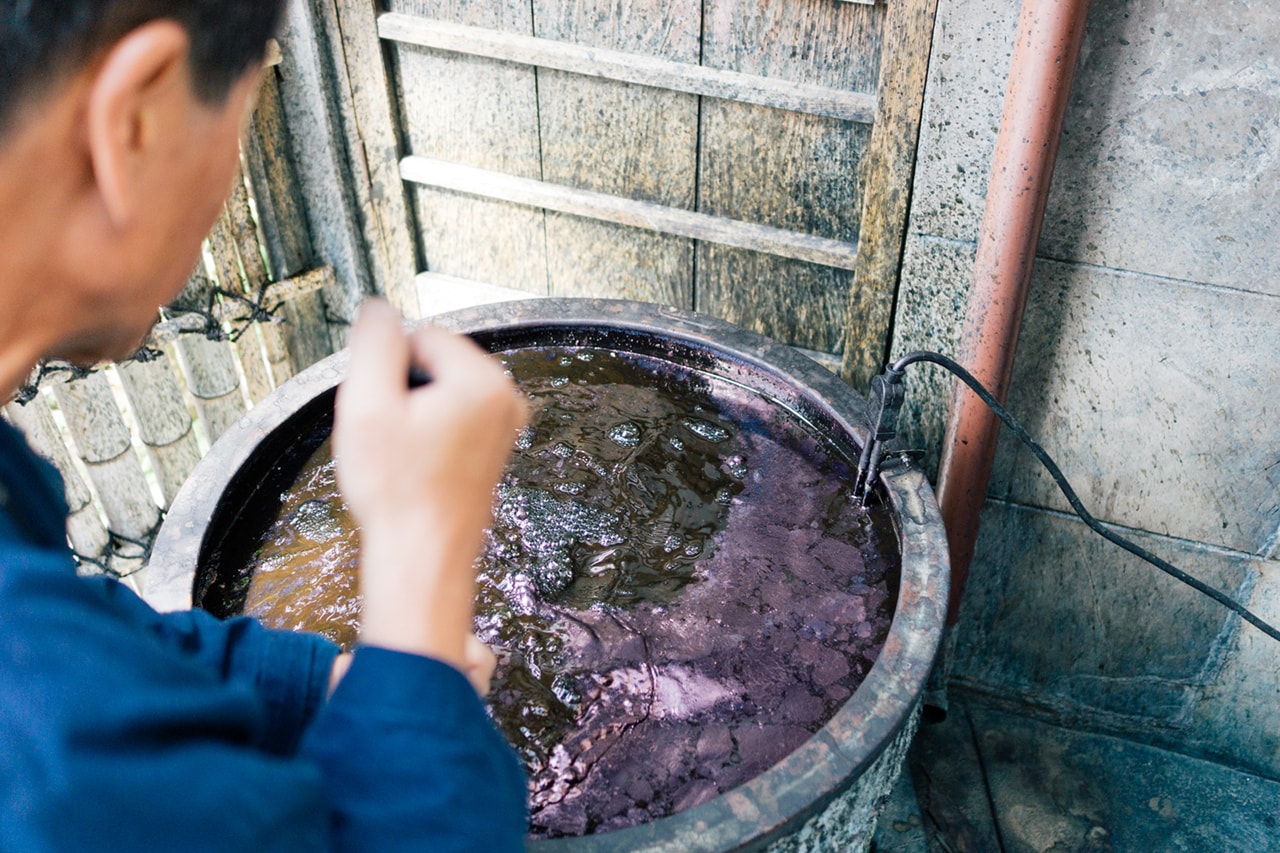
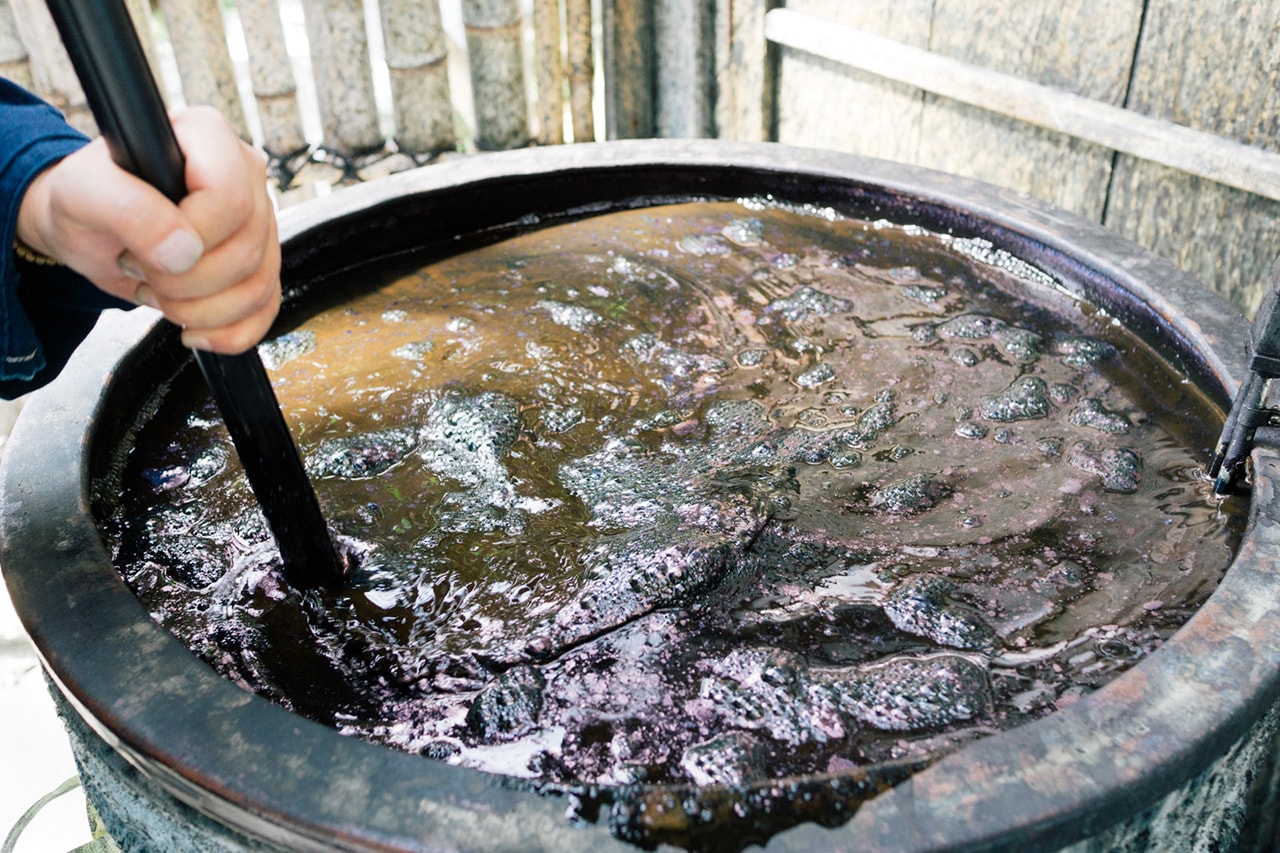
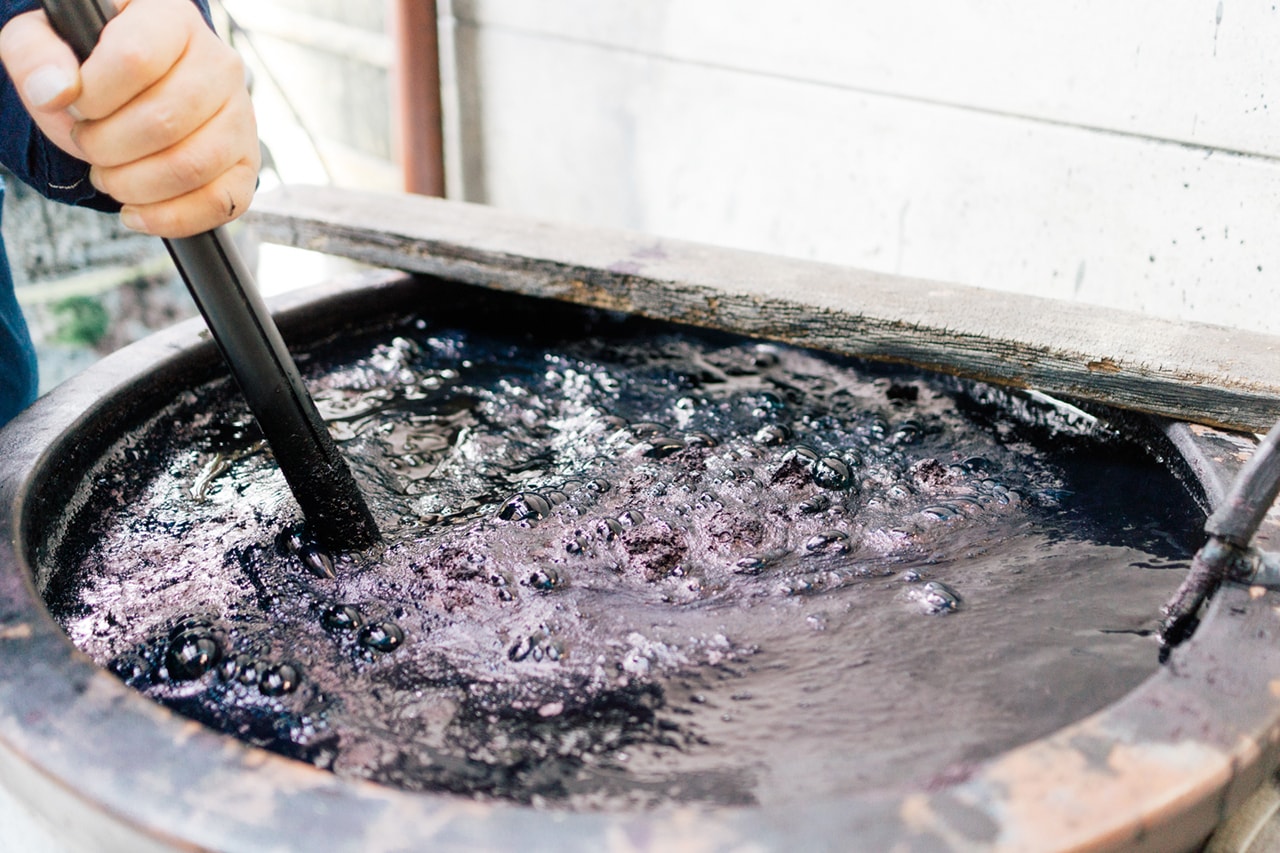
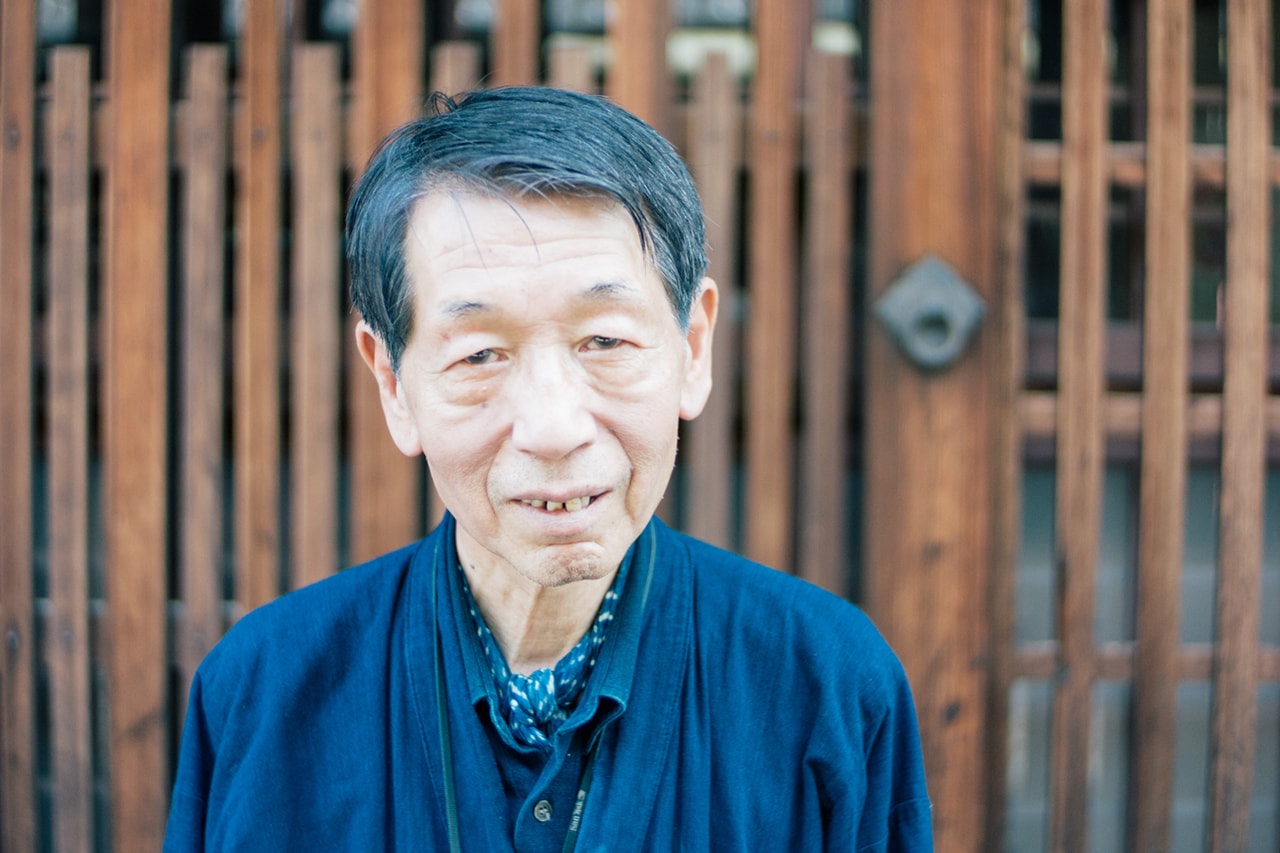
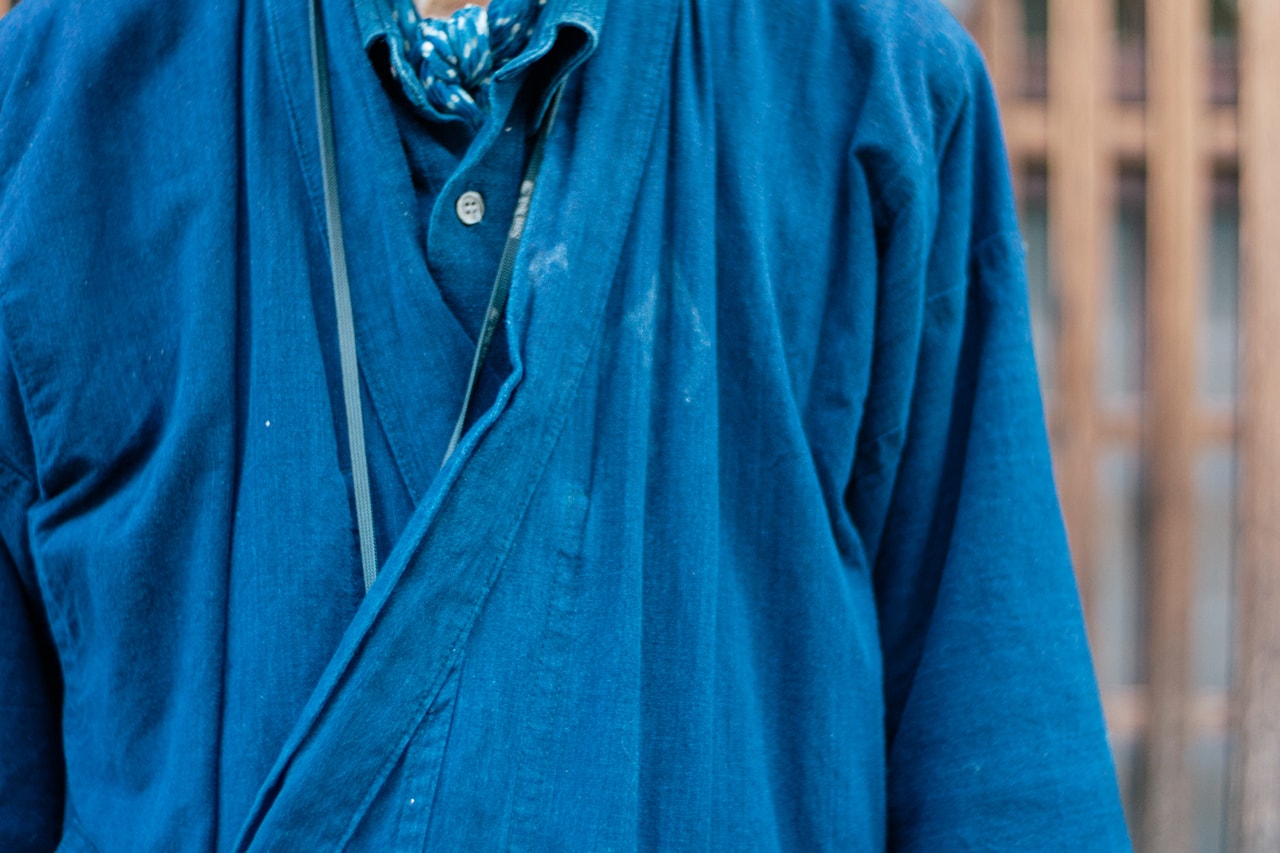
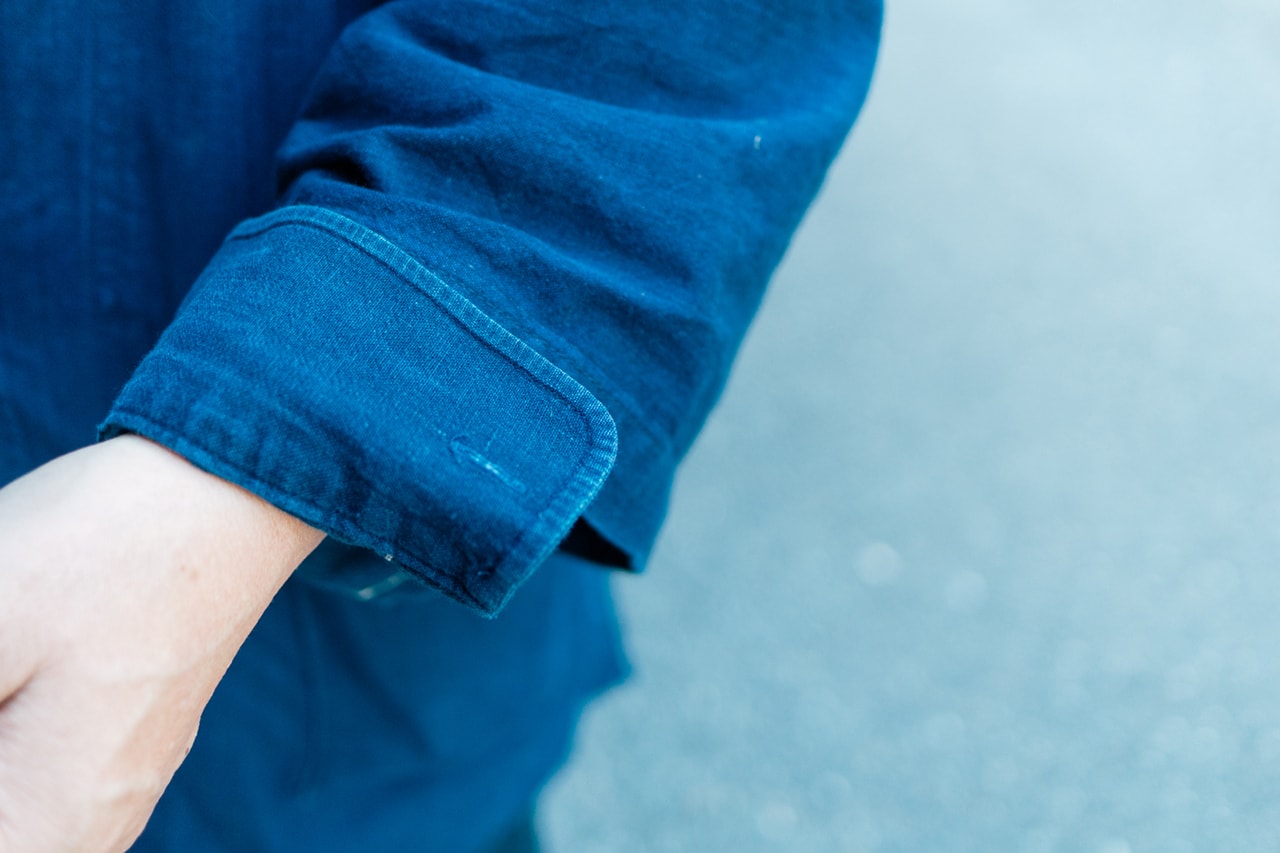
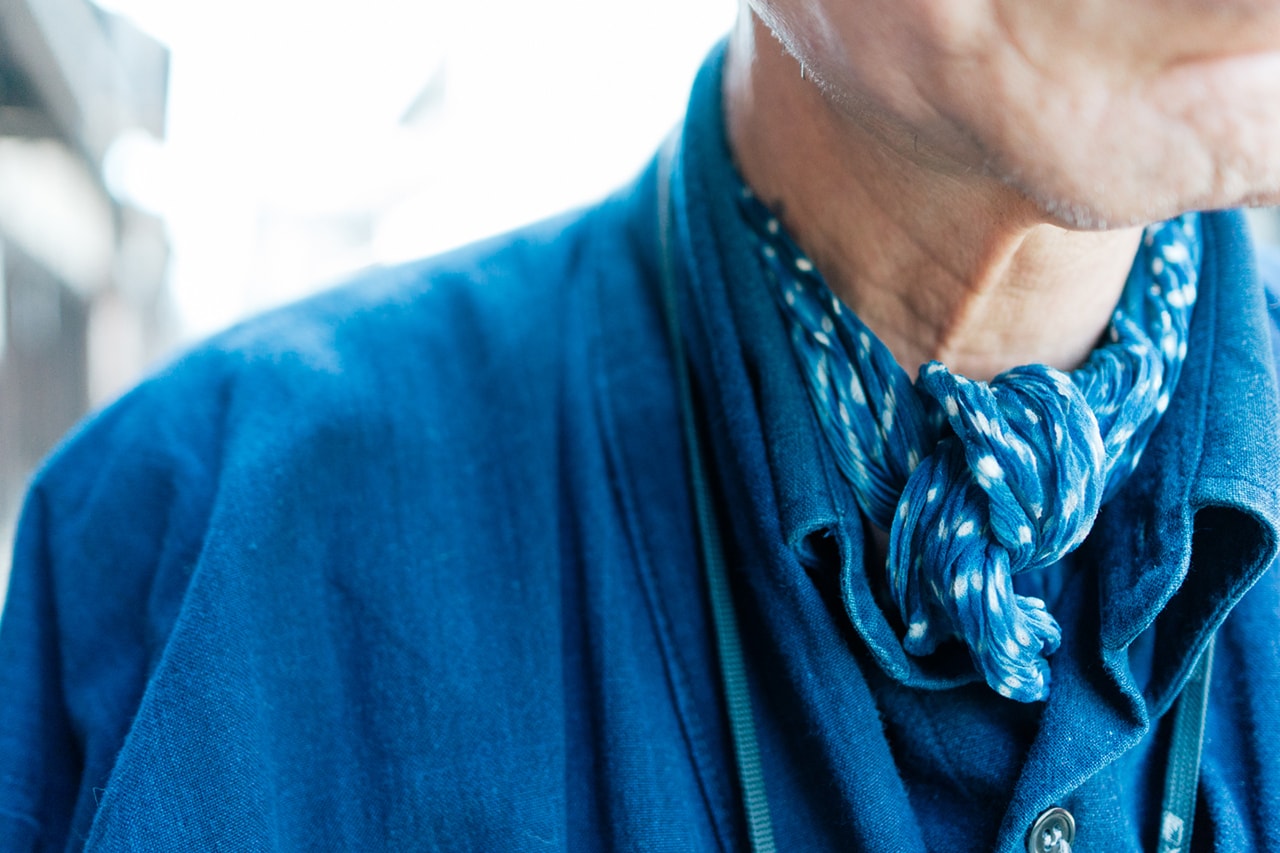
It’s no secret that Japan possesses a wealth of modern day artisans that have tried their best to uphold beautiful techniques and traditions. It’s this loving embrace of tradition that made for this part of our HYPEBEAST Road Trips so fascinating and compelling. Even something as simple as getting the blue into the blue jeans I wear, I would never have imagined how complex and painstaking the process could have been back then before the industrial age and more importantly why some people, despite having an entire rainbow or two full of colors to choose from, are still using that process now and to do just blue.
A Family Specializing in Indigo
To illustrate, many Japanese artisans choose to specialize in one thing and walking down the streets of any Japanese city, it’s not uncommon for udon shops and soba shops interspersed between more ubiquitous ramen shops. These are owned by someone who, despite each having the option of serving the entire spectrum of noodles, chose to work with and master one type. For life. Want variety? Go somewhere else.
Back to clothing, the Japanese have certainly earned their reputation in applying this level of dedication to textiles. This was put on full display when we visited the AIZENKOBO indigo workshop in Kyoto.
Located just a stone’s throw away from the Nishijin weaving and textiles district, the workshop is a third-generation family business. There, we met with the third-generation head Kenichi Utsuki and his wife Hisako, who also designs many of the clothing items they sell in their shop. AIZENKOBO started out weaving obi, the sash used to tie the waist on kimonos before the second-generation head, Utsuki’s grandfather, added indigo items to their lineup. Eventually, as the kimono industry declined, the family switched to specializing in indigo where it enjoys widespread acclaim. Its name literally and amusingly translates as “the workshop that loves dyeing,” and it couldn’t be further from the truth. The workshop’s expertise is so renown throughout the region and country that Kenichi is often called on to give lectures on natural indigo dyeing at universities around the world.

“Located just a stone’s throw away from the Nishijin weaving and textiles district, the workshop is a third-generation family business.”
Production of Natural Dyes
What makes producing and working with natural indigo so hard is that it’s definitely not like Rit dye that you can just plunk into hot water, mix, soak, wring and dry. Because indigo is not water-soluble, it has to undergo a chemical change first to be usable, which makes it difficult to work with. While synthetic dyes are more common now as they’re more cost-effective to produce, natural indigo is still the preferred option for many dyers because of the richness and range of colors that can be produced.
The general traditional Japanese method uses five basic ingredients: indigo leaves, wheat husk powder, limestone powder, lye ash and sake (which Kenichi does QC on before each batch, we’re sure he doesn’t mind).
The plant used is Polygonum Tinctorum or commonly “Chinese indigo” – an indigo plant that grows particularly well in the Tokushima prefecture on Shikoku island, where it is and was historically the main indigo production region. Unique to the Japanese is the method of fermenting the polygonum leaves to produce sukumo (the fermented leaves) and extract the indigo that way.
Sukumo is then combined with the other four ingredients in a heated vat. However, because the dye is basically a living cocktail of bacteria mixed with many other organic compounds, its properties change significantly over time and the solution has to be carefully managed throughout its usable window of only about two weeks and even then, the color changes from the start of the day to the finish. As such, the vats are buried underground to keep the temperature stable while it ferments for about a week before becoming usable. It must also be noted, the indigo gives off a rich pungent smell that to some may be off-putting.

“Natural indigo is still the preferred option for many dyers because of the richness and range of colors that can be produced.”
Garment Creation as Traditional Craft
When it’s ready, fabrics are dyed by being gradually immersed into the solution and then left to soak for about 15 minutes to half an hour depending on the type of fiber. They’re then wrung out to dry, where oxidization allows the trademark blue color to come out and set. This is repeated 15-20 times for cotton and up to 30-40 times for silk depending on the shade to be produced.
AIZENKOBO uses this method to produce a variety of indigo-hued garments from traditional shirts and handkerchiefs to more Western items such as gowns, scarves and dresses. After seeing and feeling the difference in the end result of something produced as such, you can’t help but feel awed by the respect that traditional artisans like Kenichi and Hisako pay to their craft.
To see more of AIZENKOBO’s creations, visit their website or a few of their patterns on display at Gallery Kei.
HYPEBEAST Road Trips aims to take you across the world and provide you insights into some of the lesser known cultural institutions relevant to our culture. Follow cultural connector and creative Toon fan, Simon Wainwright, Nicole Fung of That Food Cray !!! and writer Joy Yoon (who authored The Best Things to Do in Los Angeles: 1001 Ideas) as we examine and experience some of the most interesting entities across fashion, food, design and art through our HYPEBEAST Road Trips.We’d like to thank TUMI, Mandarin Oriental Tokyo, Onitsuka Tiger and Aoi Kyoto Stay for their support of this opportunity.

“You can’t help but
feel awed by the respect that traditional artisans like Kenichi and Hisako pay to their craft.”










